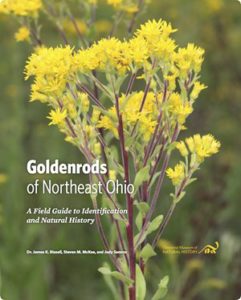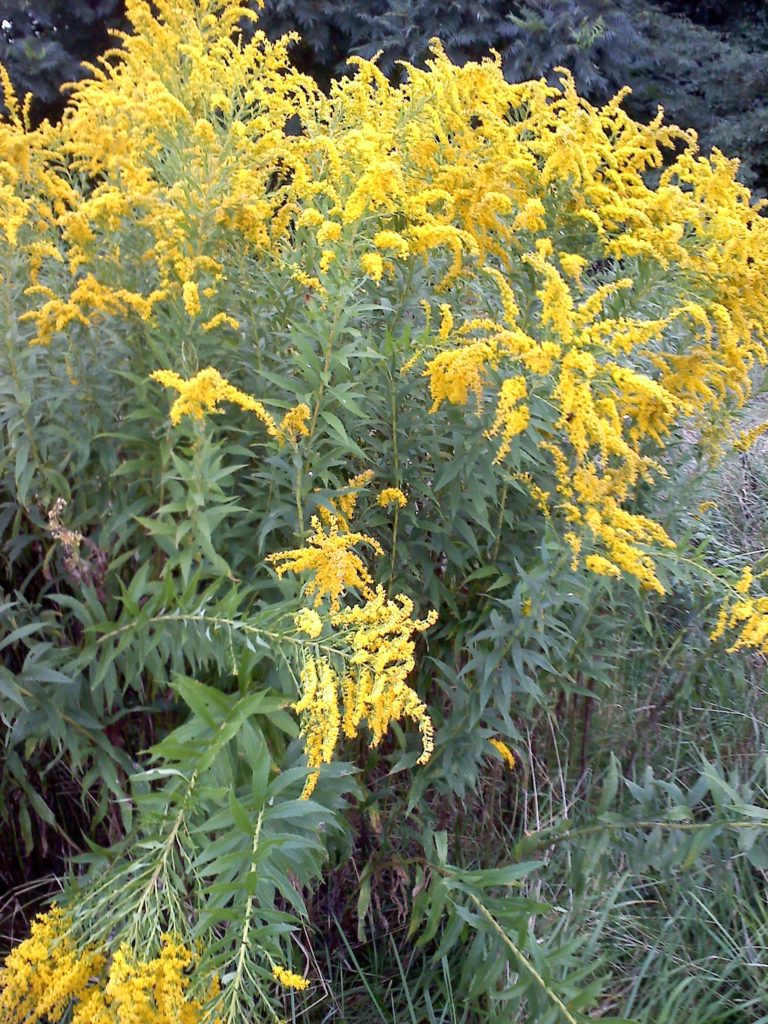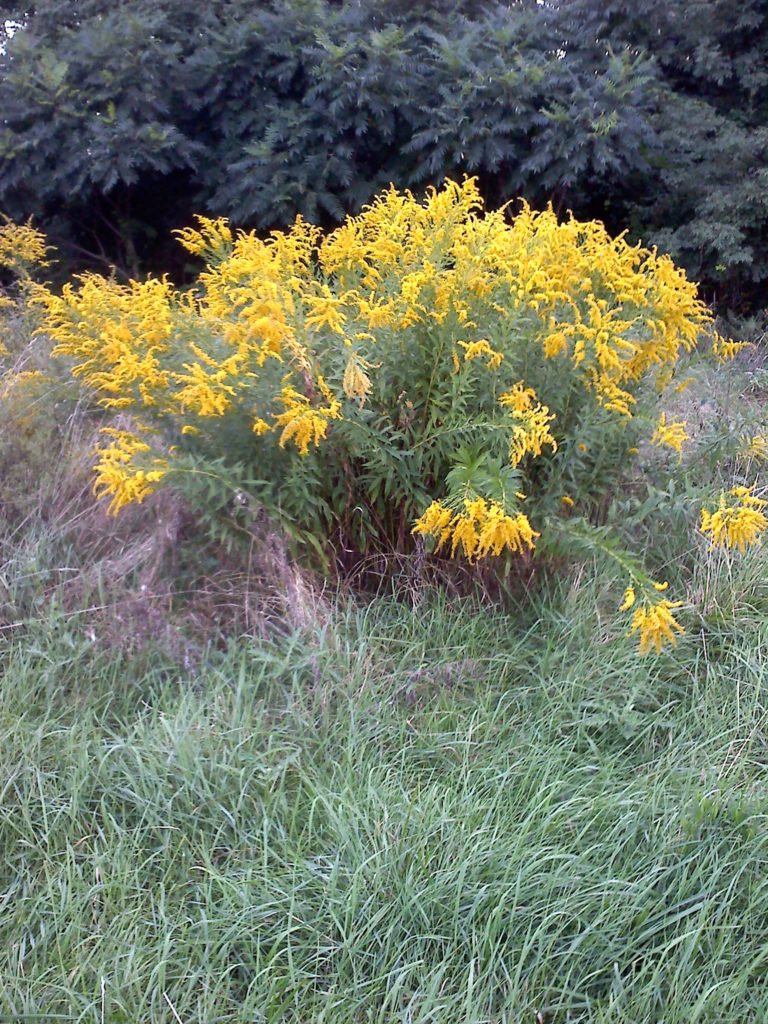by Elsa Johnson and Tom Gibson
A few years back I was cruising on Facebook and ran across a posting that showed a humming bird gripped in a praying mantises’ claws. They looked about the same size and it wasn’t clear the mantis was going to win a meal. Reading further in that posting I discovered it turned out that the hummingbird got away – that time. But that image stuck in my mind, and so one day I sat down and wrote a poem about it.
Lady Mantis Prays Before Lunch
Dear Lord I am devout about devouring
Every day I raise my arms and pray — claws
clenched tight — please send me something bright
and beautiful to bite I am no different
than the stealing fox or soaring kite Send me
red twig gossamer — a dainty damselfly
in flight I’ve heard she is a mighty huntress
too — though I do not understand her weapons
Dear Lord how much better beautiful
tastes to bite Just yesterday as I clung
to a branch one bright bejeweled hummingbird
flew by and snap ! oh! the joy of the green
struggle ! — I held him for a long long time
feeling the heat of his heart We both prayed
Then very recently my co-editor Tom Gibson sent me a link to a story that tells how some praying mantises routinely prey on hummingbirds, complete with pictures of the gruesome feast. I include that link here. Perhaps it is time to think about where we hang our hummingbird feeders that is nearly impossible for mantises to climb or jump to. Not this year, of course … the hummers are gone. I hope they missed the hurricanes.
NYT article about praying mantises and hummingbirds
I miss their background chitter – one day it is there, omnipresent in the air, and then it’s not, and that’s how I first know they’ve flown. But every year there is one humming bird that lingers on for about another week after the others have flown south, and that little bird and a neighbors’ locust tree inspired another poem about humming birds. It anthropomorphizes the tree (oddly—not the hummingbird) which of course is a ‘no-no’, except I think it’s legitimate to look a something and try to imagine it’s inner life. I’ve never been particularly compliant about ‘no-s’ — why start now?
Black Locust Missing Hummingbird
For two days she sat and watched a swarm of
honeybees lay waste her feeder golden bodies
fuzzed over its sticky surface avid for syrup —
while she perched at the very top of me
chipping her feisty song of chitter that all
summer long my leaf-ears loved to listen to —
this time in such protest! (and a long journey
ahead of her the ways deep the weather
unpredictable her kin already
flown) Why so many ? ! In the morning when
my heartwood woke its slow fall awakening
she’d flown perhaps hungry because of
bees My leaves grieve All around me the air
is vacant Only the hard of me endures
Then in the August of 2016 my street got hit particularly hard by the min-tornado or micro-burst that went through, which was especially damaging to the black locust trees – of which, on my street there are many, very old, very tall, and very brittle. And the locust that every year succored the last hummer before she left had its head struck off, allowing me to ‘see’ that loss through the eyes and heart of the hummingbird. A little over the top — it is, after all, a projection of my own feelings. We cannot really know what the hummingbird feels.
Hummingbird Missing Black Locust
He lost his head you see — Soon after dark
when that sudden wind came through like a smack
to the face He was there then he wasn’t
I did love him the way a bird does love
a tree sitting way up high in his green
top-most branches chitting about how I
could see everything up there my cousins
forever fighting over the stiff red
nectar flowers at that big blue nest where
the two-legs live across the street His head
cracked then fell crashing onto another
two-leg nest shattering him smashing that nest
awry I think the two-legs miss him too
If he could grow another head I wish he’d try



